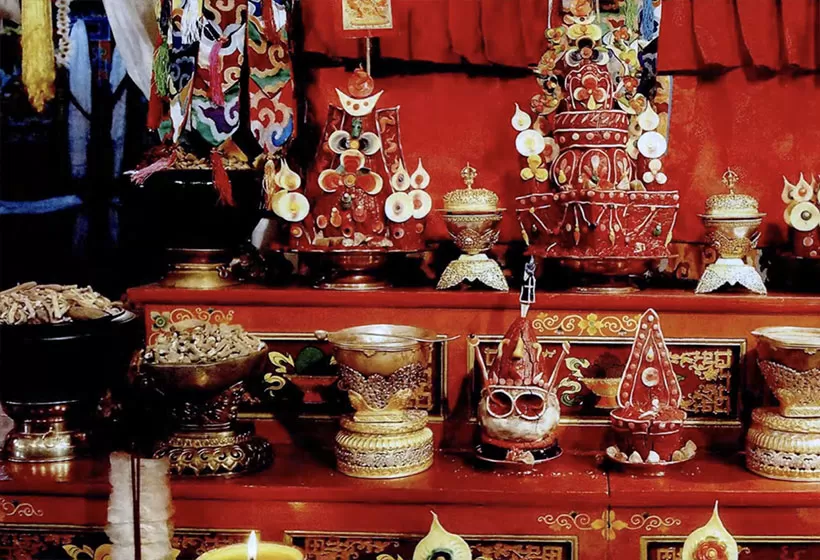Traditional Tibetan Medicines
Introduction
Tibetan medicine is based on the mixture of its own ancient traditions and the absorption of Chinese and other traditional medicines. It is one of the comparatively complete and influential ethnic medicines in China. There are many classic medical writings throughout its history which provide important references for experimental Tibetan medicine and historical documentation of the development of the various types of Tibetan medicine. As Tibet and Tibetan culture are becoming more and more popular in the world, Tibetan medicine is receiving greater attention from the public, doctors and scholars.
History
By synthesizing knowledge from different systems, Tibet created an approach to medicinal science that draws on thousands of years of accumulated empirical knowledge and intuition about the nature of health and illness. Many centuries ago, before Buddhism came to Tibet, the Tibetans, like all ancient people, had a significant degree of medical knowledge. According to historical sources, many new ideas concerning medicine began to enter Tibet at the beginning of the 4th century. At first, influence came from India in the form of what is now called Ayurvedic medicine, as well as the more spiritually and psychologically based systems from Buddhist and other sources. Around the 7th-8th centuries the Tibetan government began to sponsor conferences where doctors that were skilled in the medical systems of China, Persia, India and Greece presented and debated their ideas regarding health and the treatment of illness. Those with superior abilities in the diagnosis, treatment and understanding of illness were invited to stay and contribute to the country's medical knowledge base. In the 11th century, this knowledge was codified into a unique system containing a synthesis of the principals of physical and psychological medicine, imbued with a Buddhist spiritual understanding. This understanding formed the foundation for Tibetan medicine and benefited patients and doctors alike. It acknowledged how health and illness result from both the relationship between the mind and the body and people's connectedness to the natural world and sense of spirituality.
The Resources of Tibetan Medicine
Tibetan medicine is mainly practiced in the Tibet Plateau and extends to Qinghai Province, Sichuan Province, Yunnan Province, and Gansu Province and nearby areas. The area of the Tibet Plateau has a complex and unique natural environment, contributing to the growing of various plant resources. Among them, there are many rare medicinal herbs that are keenly sought after worldwide, including aweto, fritillary bulb, panax pseudo-ginseng var. notoginseng, glossy ganoderma (ganoderma lucidum) rhizoma gastrodiae, and many others that command a high price internationally. These areas are also rich in traditional Chinese medicines such as coptis root, angelica, gentian, radix codonopsitis, hoantchy root (astragalus) and many more.
Types of Tibetan Medicine
Recent research indicates that there are 2,436 kinds of Tibetan medicine, among which 2,172 are plant based, 214 derived from animals, and 50 mineral substances. Tibetan medicines can be classified based on their medicinal properties, taste, and effects.
GREAT FAMILY CHINA TOUR
JULY 2024 We wanted to thank Grace at China Culture tour for organizing a great tour of China. We enjoyed our Beijing - Xian-Chengdu -Guilin -Yangshuo - Shanghai trip. Our local guides Bruce in Beijing, Susan in Xian, Jane in Chengdu, Mike in Guilin and Mary in Shanghai took care of us…read more details »
Teng Han L from SINGAPORE
Ready to Create a Unique Dream Travel?

